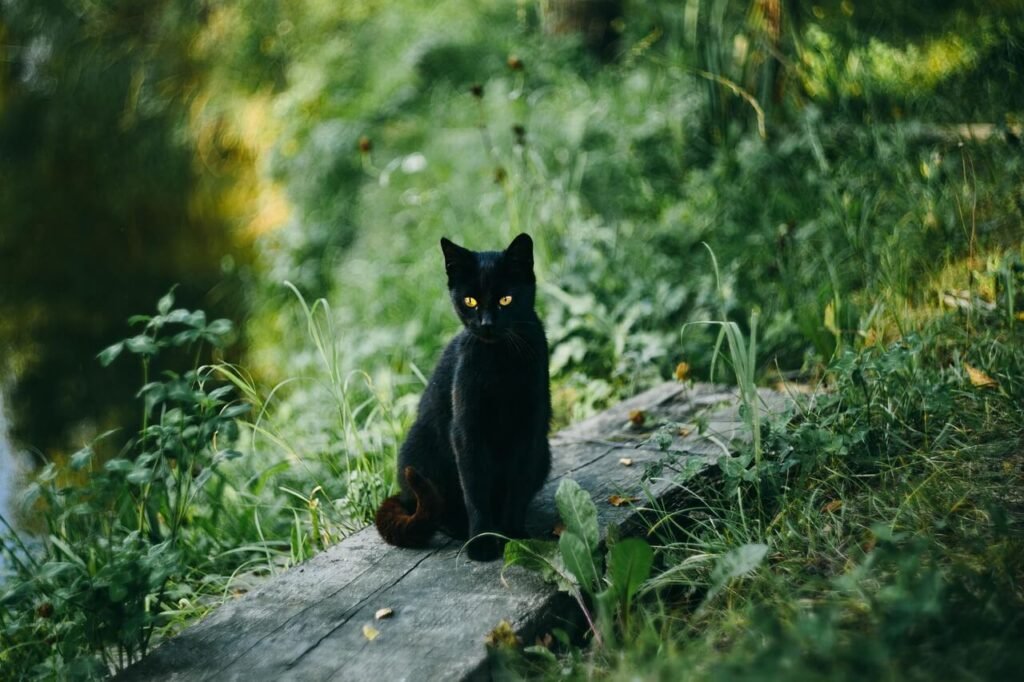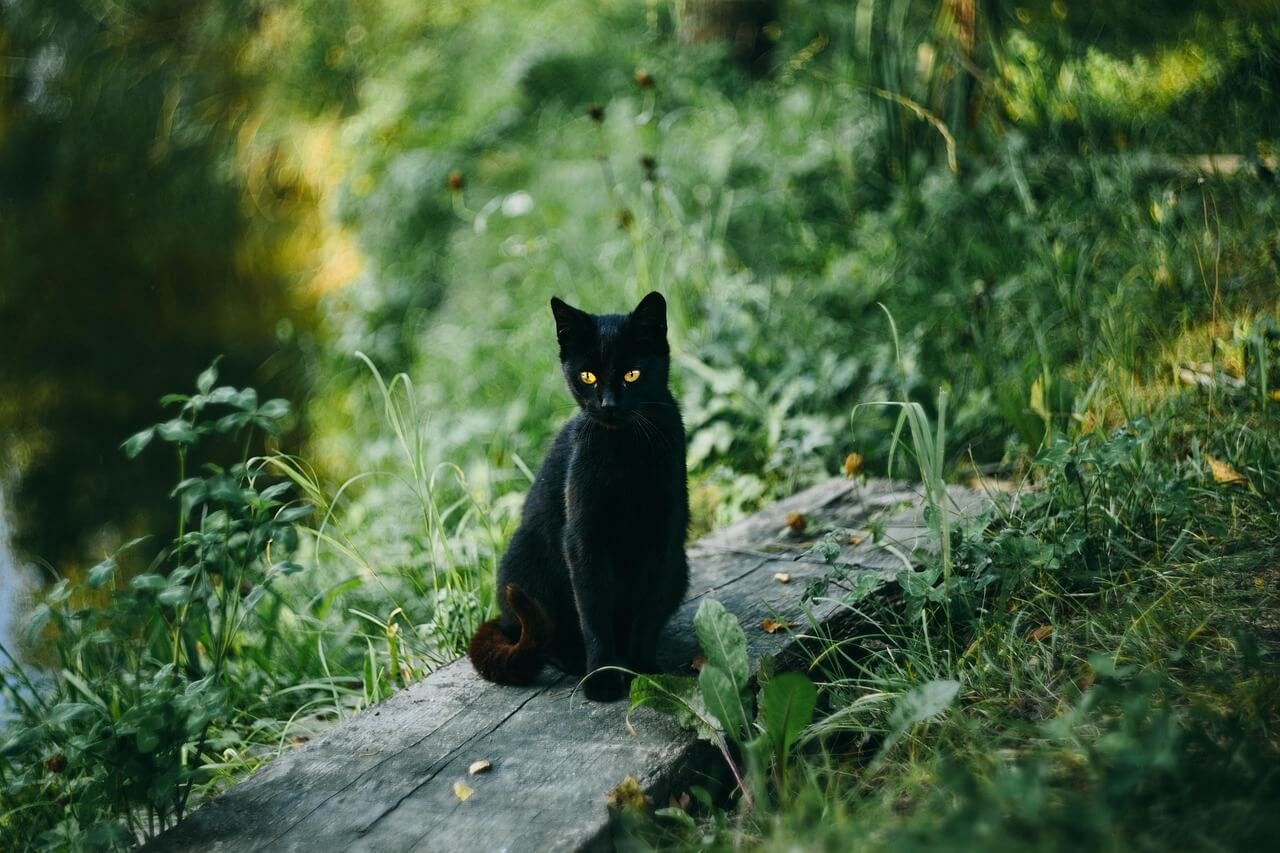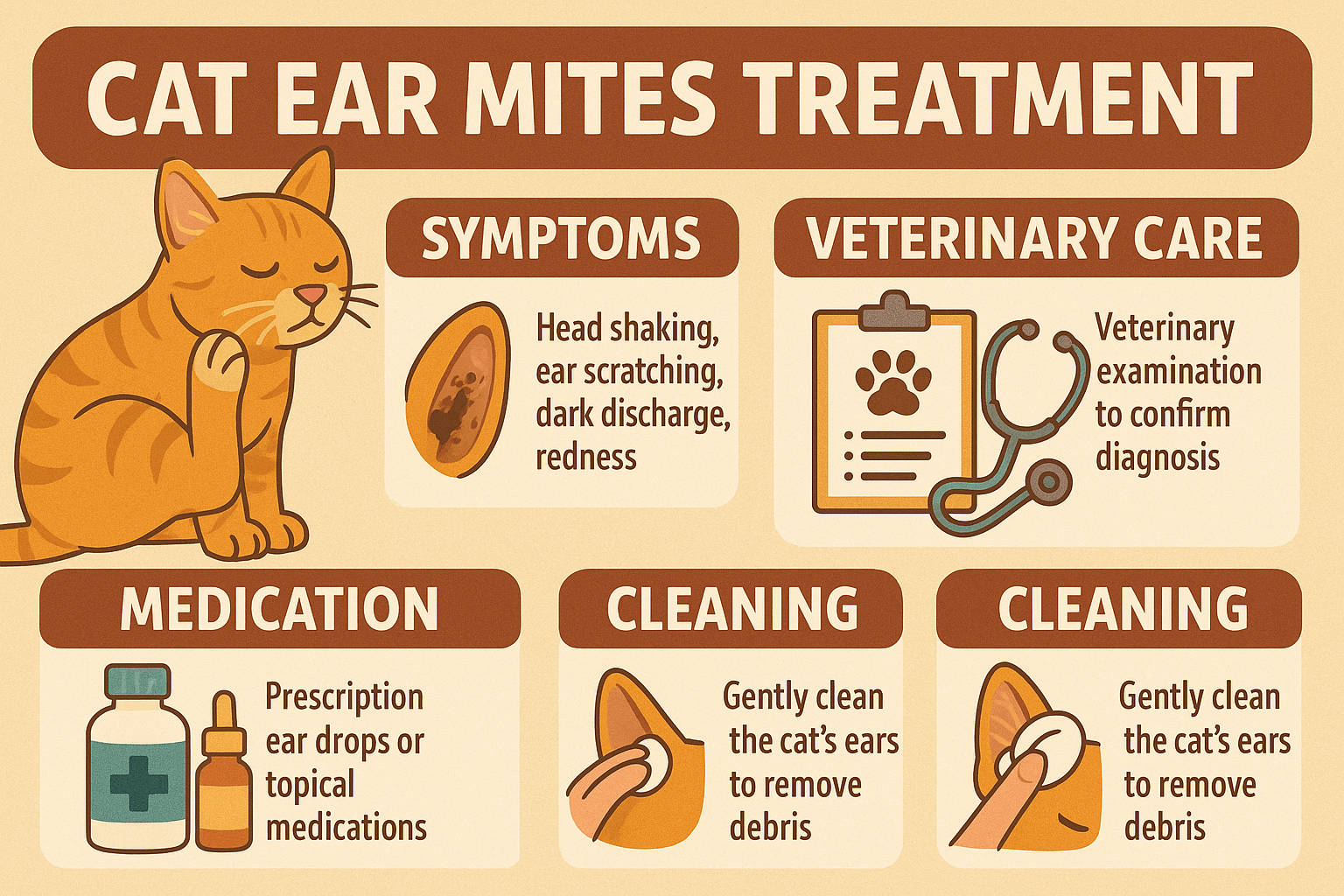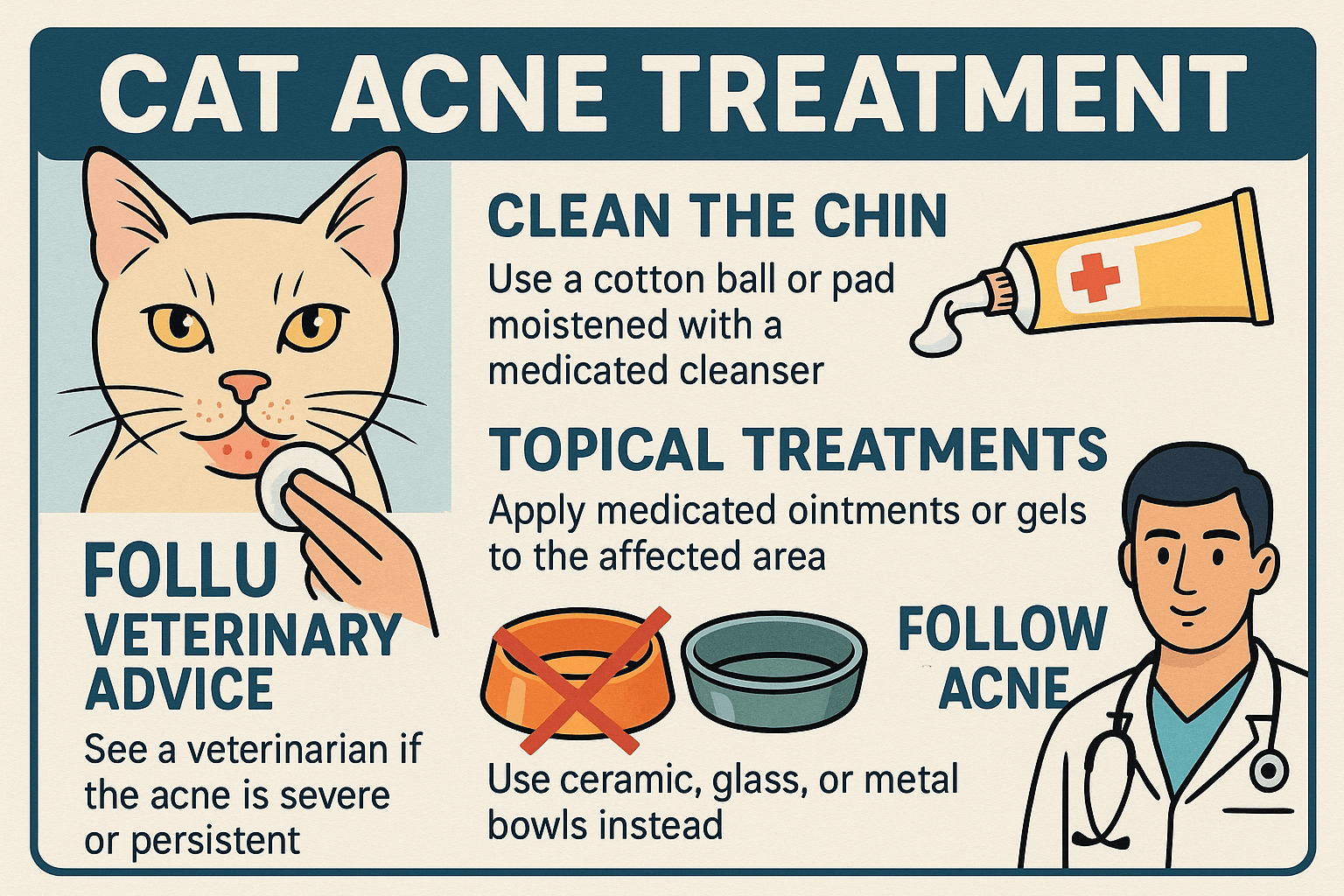Witch Hazel for Cat Acne: A Natural Solution?
Cat acne, a common yet often overlooked condition, can cause discomfort and irritation for your feline friend. Characterized by blackheads or red bumps around the chin and mouth area, this skin issue is usually harmless but requires proper care to prevent complications. Many pet owners are turning to natural remedies like witch hazel to treat cat acne effectively. Witch hazel, known for its soothing and antibacterial properties, has gained popularity as a gentle solution for various skin conditions. But how safe and effective is it for cats? In this blog post, we’ll explore the benefits, risks, and best practices of using witch hazel for cat acne, helping you make an informed decision about your pet’s skincare routine.
Why Witch Hazel Is a Popular Choice for Cat Acne
Witch hazel is widely regarded as a natural remedy for skin issues due to its anti-inflammatory and antimicrobial properties. These qualities make it a promising option for managing cat acne safely and effectively. Here’s why witch hazel stands out as a go-to treatment for pet owners.
Natural Antiseptic Properties:
Witch hazel contains tannins, which act as natural astringents to cleanse and disinfect affected areas without harsh chemicals.Reduces Inflammation:
Its anti-inflammatory effects help soothe irritated skin, reducing redness and swelling associated with cat acne.Non-Greasy Formula:
Unlike some topical treatments, witch hazel dries quickly and doesn’t leave a greasy residue, making it easier to apply on your cat’s fur.Gentle on Sensitive Skin:
When used correctly, witch hazel is mild enough for sensitive skin, minimizing the risk of further irritation.Cost-Effective and Widely Available:
Witch hazel is affordable and easy to find in most drugstores, making it a convenient choice for pet owners.
With these advantages, witch hazel offers a practical and accessible way to address cat acne while promoting overall skin health.
How to Use Witch Hazel Safely for Cat Acne
While witch hazel is generally safe, it’s essential to use it correctly to avoid potential side effects. Follow these guidelines to ensure your cat’s safety and comfort during treatment.
Dilute Witch Hazel Before Application:
Always dilute witch hazel with water (1:1 ratio) to reduce its strength and prevent skin irritation.Perform a Patch Test First:
Apply a small amount of diluted witch hazel to a hidden area of your cat’s skin to check for adverse reactions before full use.Use a Cotton Ball or Soft Cloth:
Gently dab the diluted solution onto the affected area, avoiding direct contact with your cat’s eyes, nose, or mouth.Limit Frequency of Use:
Apply witch hazel no more than once or twice daily to avoid over-drying your cat’s skin.Monitor Your Cat’s Reaction:
Watch for signs of discomfort, such as excessive scratching or redness, and discontinue use if any issues arise.
By following these steps, you can harness the benefits of witch hazel while keeping your cat’s skin healthy and irritation-free.
Check this guide 👉Cat Acne on Nose: Best 7 Health Tips!
Check this guide 👉Should You Pop Cat Acne? Best 7 Health Tips!
Check this guide 👉Understanding Cat Chin Mites vs Acne: Best 7 Expert Tips!

Benefits of Using Witch Hazel | Precautions to Keep in Mind |
|---|---|
Reduces inflammation and redness | Always dilute witch hazel before use |
Antibacterial properties fight infection | Perform a patch test to check sensitivity |
Soothes irritated skin effectively | Avoid applying near eyes, nose, or mouth |
Dries quickly without greasy residue | Limit application to once or twice daily |
Affordable and easily accessible | Discontinue use if irritation occurs |
Signs That Witch Hazel Is Working for Your Cat
When using witch hazel for cat acne, it’s important to monitor your cat’s progress to determine its effectiveness. Look for these positive changes that indicate improvement.
Reduced Blackheads:
Over time, you should notice fewer blackheads or clogged pores on your cat’s chin.Decreased Redness:
Inflamed or irritated areas should appear less red and swollen after consistent use.Improved Skin Texture:
The skin around the affected area may feel smoother and healthier to the touch.Less Frequent Breakouts:
With regular care, your cat may experience fewer flare-ups of acne over time.Increased Comfort:
Your cat may show signs of relief, such as reduced scratching or rubbing of their chin.
These indicators suggest that witch hazel is helping your cat’s skin heal and recover from acne-related issues.
Alternative Remedies for Cat Acne
If witch hazel isn’t suitable for your cat or you’d like to explore other options, several alternative remedies can also address cat acne effectively.
Saline Solution:
A mild saline solution can clean the affected area without causing irritation, making it a gentle substitute for witch hazel.Apple Cider Vinegar (Diluted):
Known for its antibacterial properties, apple cider vinegar can be diluted and applied to the chin to combat acne.Coconut Oil:
This natural moisturizer helps soften and hydrate dry skin while providing antimicrobial benefits.Medicated Wipes:
Pet-safe medicated wipes designed for skin issues can remove dirt and bacteria from your cat’s chin.Prescription Treatments:
For severe cases, consult your veterinarian about medicated shampoos or topical creams tailored to your cat’s needs.
Exploring these alternatives ensures you find the best solution for your cat’s unique condition.
Common Mistakes to Avoid When Treating Cat Acne
Treating cat acne requires care and precision to avoid worsening the condition. Steering clear of these common mistakes ensures your efforts are both safe and effective.
Using Undiluted Solutions:
Applying undiluted witch hazel or other treatments can irritate your cat’s skin. Always dilute first.Over-Cleaning the Area:
Excessive cleaning can strip the skin of natural oils, leading to dryness and further irritation.Ignoring Underlying Causes:
Factors like poor grooming habits or plastic food bowls may contribute to acne. Addressing these root causes is crucial.Skipping Veterinary Advice:
For persistent or severe cases, failing to consult a vet can delay proper diagnosis and treatment.Forcing Your Cat During Application:
Restraining your cat forcefully can create negative associations. Approach the process calmly and patiently.
Avoiding these errors ensures a smoother and more successful treatment process for your cat’s acne.
Preventive Measures to Reduce Cat Acne
Prevention plays a vital role in managing cat acne and reducing the likelihood of future breakouts. Incorporating these habits into your cat’s routine can promote long-term skin health.
Switch to Stainless Steel Bowls:
Plastic bowls can harbor bacteria and irritants; stainless steel is a cleaner and safer alternative.Regular Cleaning of Food Areas:
Wash food and water bowls daily to prevent buildup of dirt and grease that could irritate your cat’s skin.Encourage Proper Grooming:
Regularly brushing your cat’s fur helps remove excess oil and debris that might clog pores.Provide a Balanced Diet:
A nutritious diet supports overall skin health and reduces the risk of acne flare-ups.Check for Allergies:
Food or environmental allergies can exacerbate skin issues. Identify and eliminate potential triggers.
Taking preventive steps minimizes the chances of cat acne recurring, keeping your feline friend comfortable and healthy.
Signs Your Cat Needs Veterinary Attention
While mild cases of cat acne can often be managed at home, certain symptoms warrant a visit to the vet. Recognizing these warning signs ensures your cat receives timely care.
Persistent or Severe Breakouts:
If acne doesn’t improve despite treatment, it may require professional intervention.Open Sores or Bleeding:
Open wounds or bleeding indicate a more serious issue that needs immediate attention.Signs of Pain or Discomfort:
Excessive scratching, rubbing, or vocalization suggests your cat may be in pain.Swelling or Abscesses:
Swollen areas or pus-filled abscesses could signal an infection requiring antibiotics.Changes in Behavior or Appetite:
A sudden shift in behavior or refusal to eat may point to underlying health problems.
Seeking veterinary care when needed ensures your cat’s skin condition is properly diagnosed and treated.
Frequently Asked Questions About Witch Hazel for Cat Acne
Can I use pure witch hazel directly on my cat’s skin?
No, always dilute witch hazel with water to avoid irritating your cat’s skin.
How long does it take to see results?
Improvement may take a few days to weeks, depending on the severity of the acne.
Is witch hazel safe for all cats?
While generally safe, some cats may have sensitivities. Consult your vet if unsure.
What if my cat licks the witch hazel?
Small amounts are unlikely to harm, but try to prevent licking by distracting your cat after application.
Should I stop using witch hazel if my cat’s acne worsens?
Yes, discontinue use immediately and consult your veterinarian for further guidance.
Caring for Your Cat’s Skin with Witch Hazel
Cat acne may seem like a minor issue, but addressing it promptly can prevent discomfort and potential infections for your furry companion. Witch hazel offers a natural, affordable, and effective way to manage this condition when used correctly. By understanding its benefits, following proper application techniques, and monitoring your cat’s response, you can provide the care they need to maintain healthy skin. Remember, every cat is unique, so don’t hesitate to seek professional advice if you’re unsure about treatment options. With patience and attention, your cat can enjoy a happy, acne-free life!
Cat Clicker Training: Best 7 Expert Tips! Discover how to train your cat using clicker techniques, improve behavior, and strengthen your bond with simple, effective strategies.
Lorem ipsum dolor sit amet, consectetur adipiscing elit. Ut elit tellus, luctus nec ullamcorper mattis, pulvinar dapibus leo.
Cat Ear Mites Treatment: Best 7 Expert Tips! Discover effective solutions to treat and prevent ear mites in cats, ensuring your pet's comfort and health with expert advice.
Cat Acne Treatment: Best 7 Expert Tips! Discover effective remedies, prevention strategies, and expert advice to treat and manage feline acne for a healthier, happier cat.




